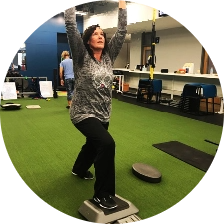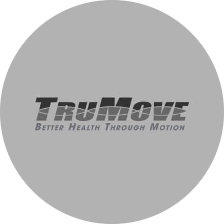Blog
December 27, 2022
Womens Pelvic Floor Health
I suspect you or a woman you care about is frustrated, embarrassed, and hurting because of urinary frequency, incontinence, pelvic pain, or pain that makes sex uncomfortable. You may feel you are missing out in life, but you’re not alone.
One in three of us is regularly peeing our pants when we laugh, jump, or sneeze. Sometimes we just can’t get to a toilet in time. I recently heard about a woman who spends 10 percent of her weekly paycheck on pads. Seriously, this should absolutely infuriate us! At no time in life should any amount of leakage be considered normal.
Despite having the best of intentions, most women’s health services have systematically failed us and continue to do so by focusing treatment on symptoms rather than helping us get to the root cause of the problem. Traditional treatment approaches offer Kegel exercises, medication, or surgery. These either don’t work, or damage us forever.
Thomas Payne once said, “the long habit of not thinking a thing wrong gives it the superficial appearance of being right”.
It’s time we rethink!
The real answer to incontinence, pelvic pain, and other issues is the activation of the Pelvic Floor. The Pelvic Floor is a group of muscles inside the pelvis that cradle your bladder and other organs. Here’s a quick quiz. How do you get your muscles back in shape?
- Take medication
- Have surgery
- Start exercising
You got it, sister! Start exercising. We are meant to move!
Combined with the abdominal and back muscles, the pelvic floor creates what we refer to as the “Core Floor”. And if the best way to get muscles back in shape is to exercise, then the solution is simple, we need to exercise. But here’s the catch, the exercise must be made up of purposeful movement and in all kinds of directions.
Here’s the key: not all exercise is created equal. For most of us it’s not enough to dance to the beat, stretch to the music, or do sit-ups, crunches, and planks. For most of us it’s not enough to just go to the gym or purchase the next gimmicky fad product or workout.
While all these activities can be healthy, energizing, and even entertaining, they’re not designed to target the specific function of the Core Floor. The Core Floor turns on in response to certain movement patterns, like flipping a switch in the body.
The three main switches that work together to turn on the core floor are the ankle, the hip, and the torso. Unless all three are moving together in three planes of motion, the core floor in left in the dark.
Learning the right moves to flip your switches and come out of the dark is easy. It’s time to make yourself a priority! Learn your Core Floor score and get trusted info at our next Pelvic Floor Workshop. Click here to get more info or register: https://TruMoveKC.com/pelvic-floor-workshop



 Overland Park
Overland Park









